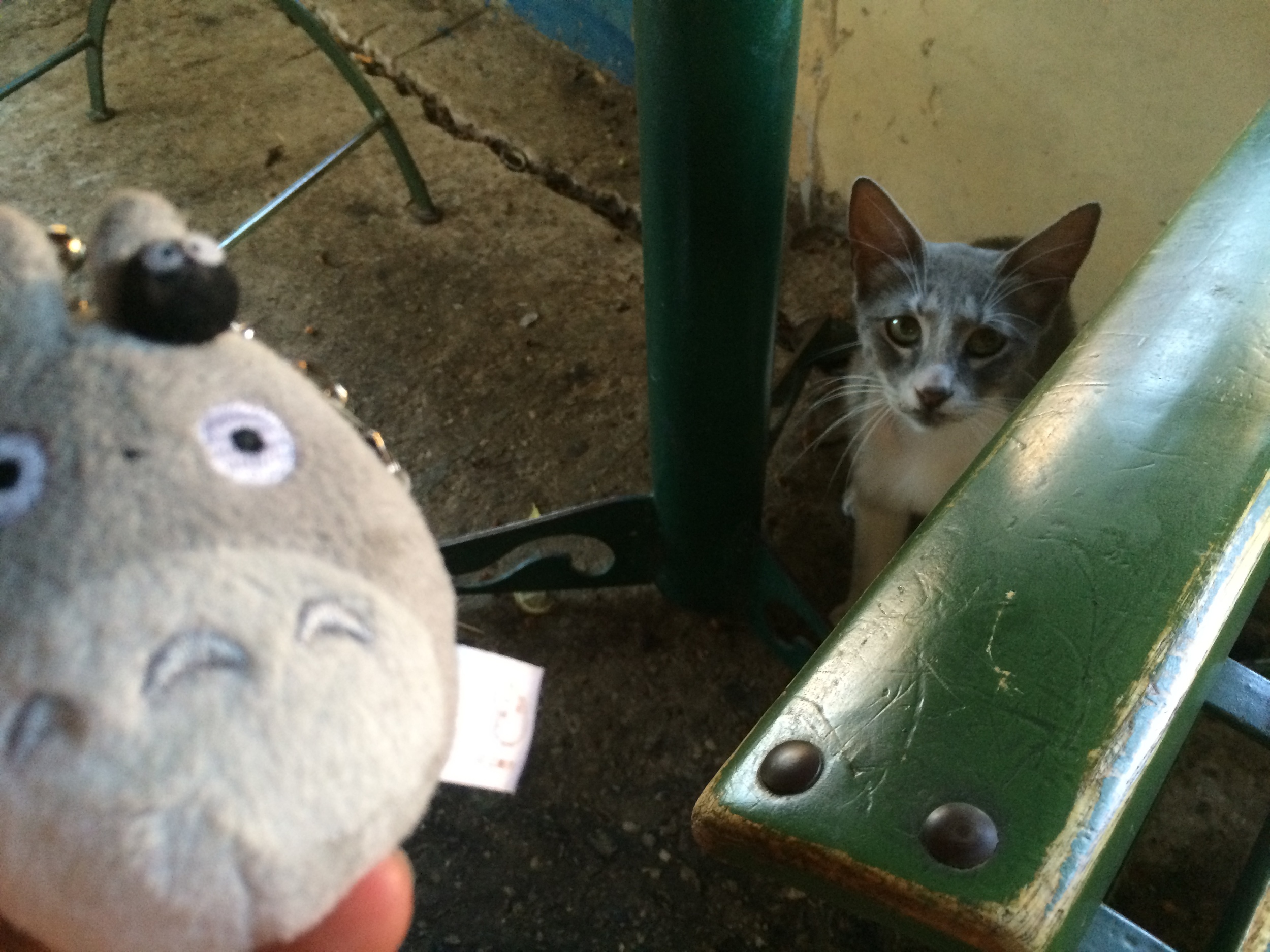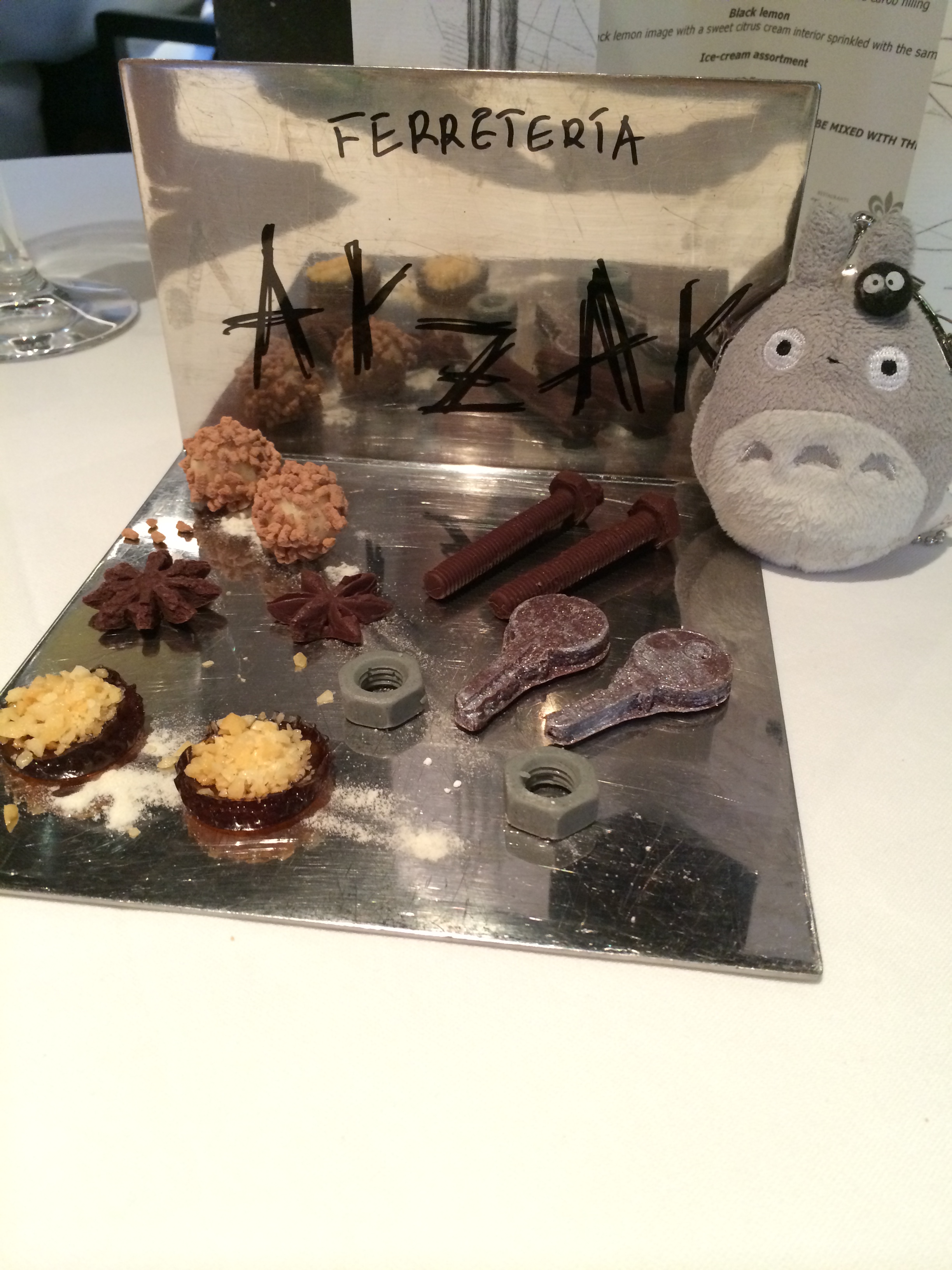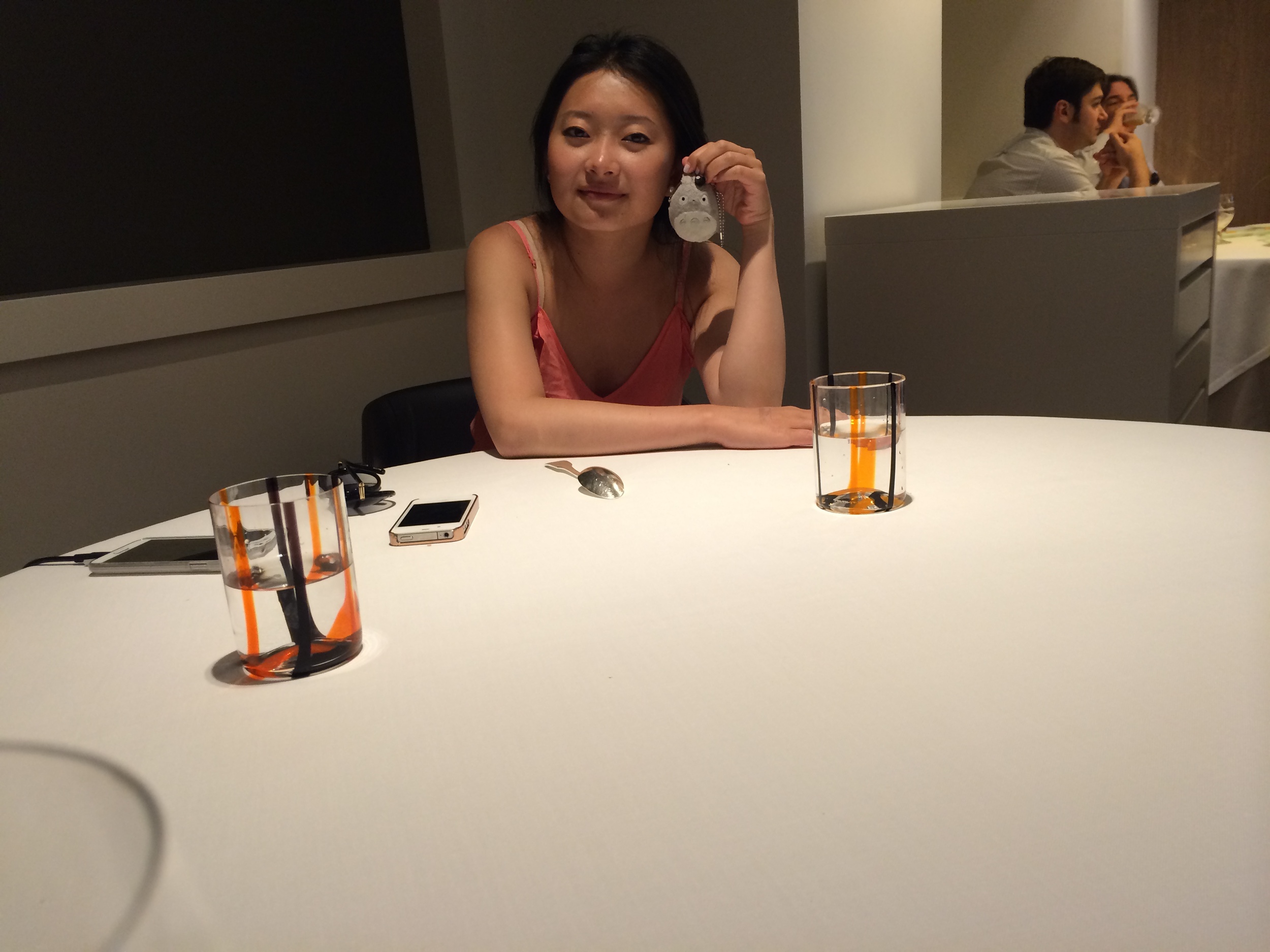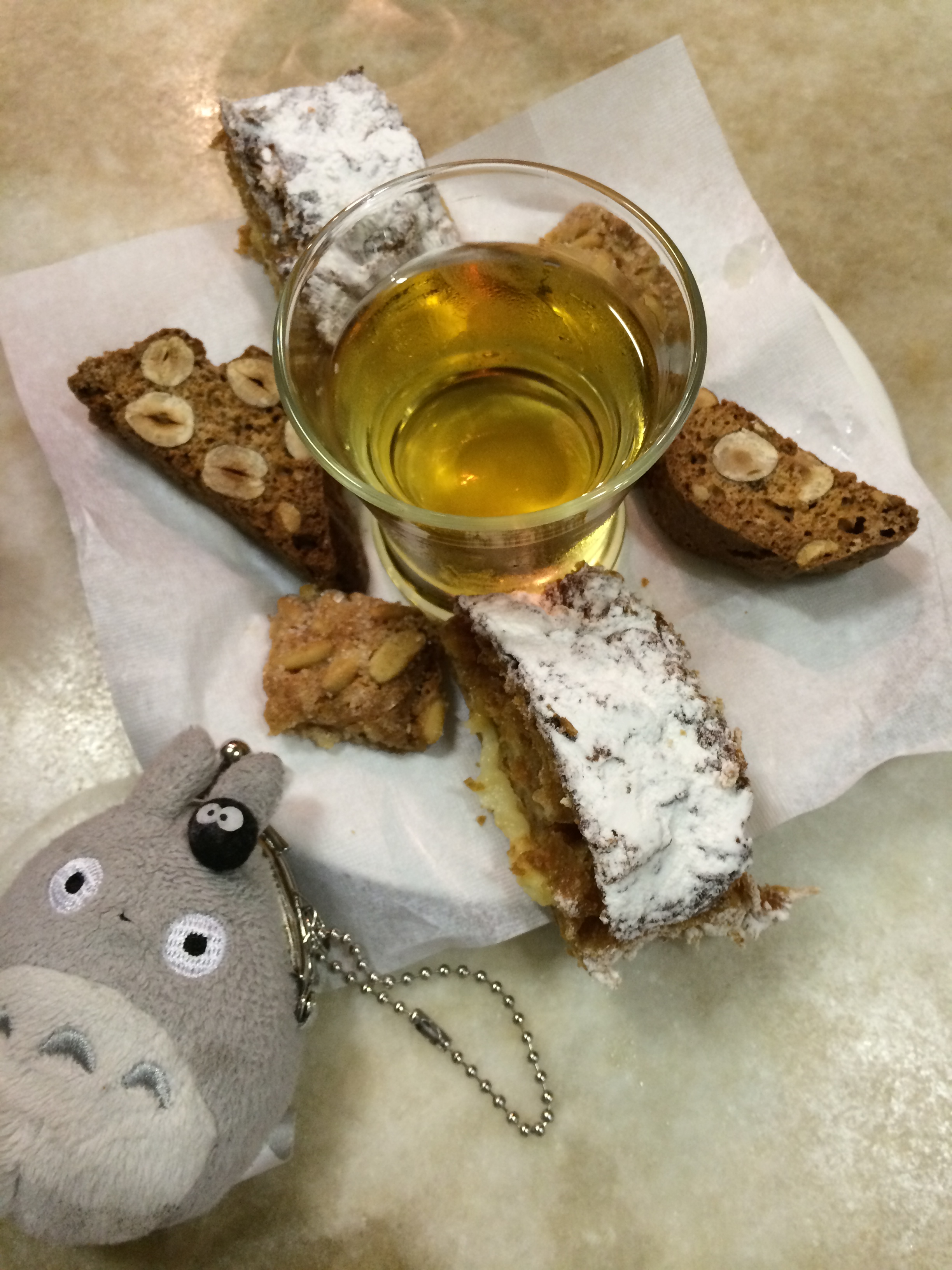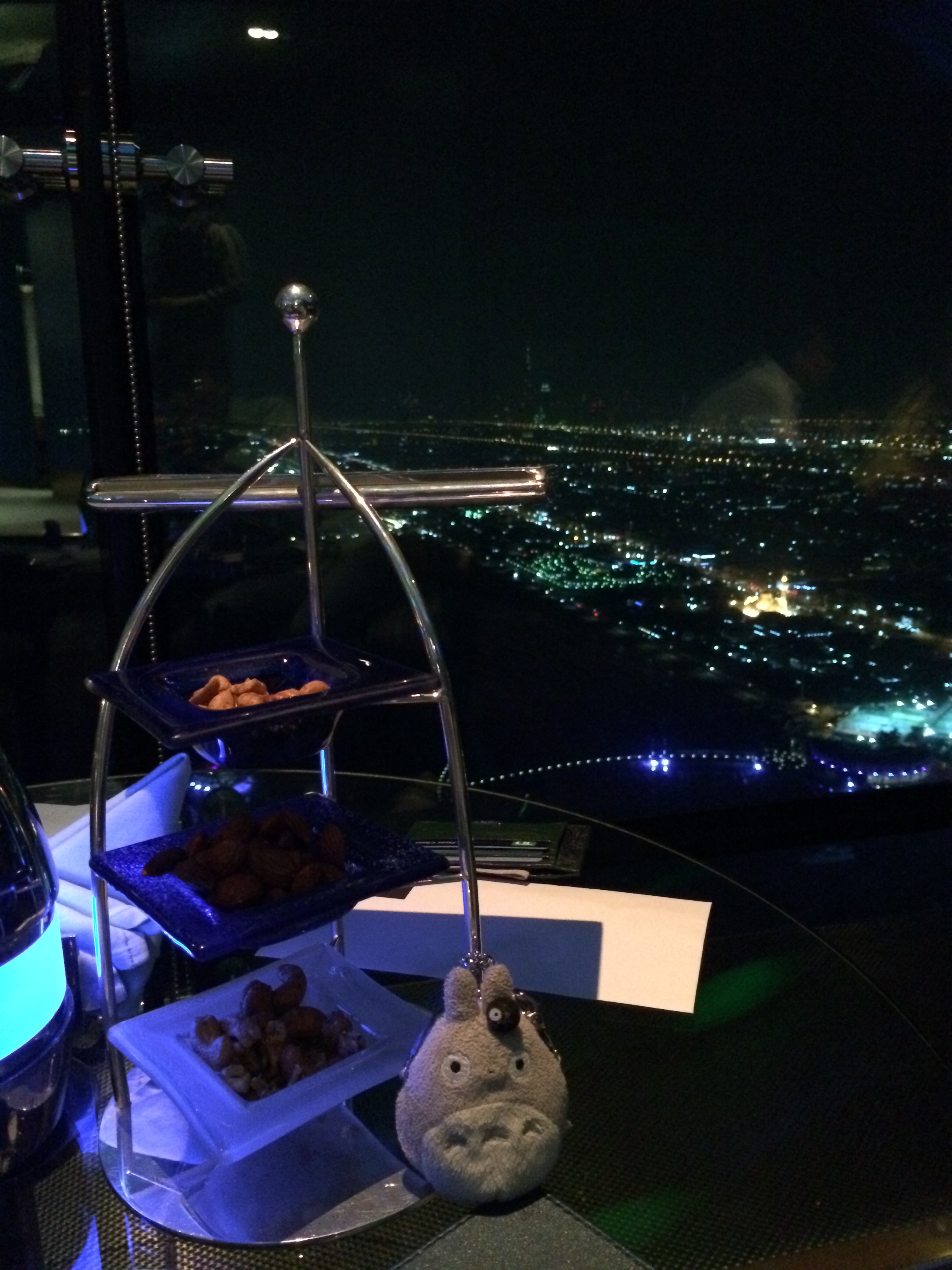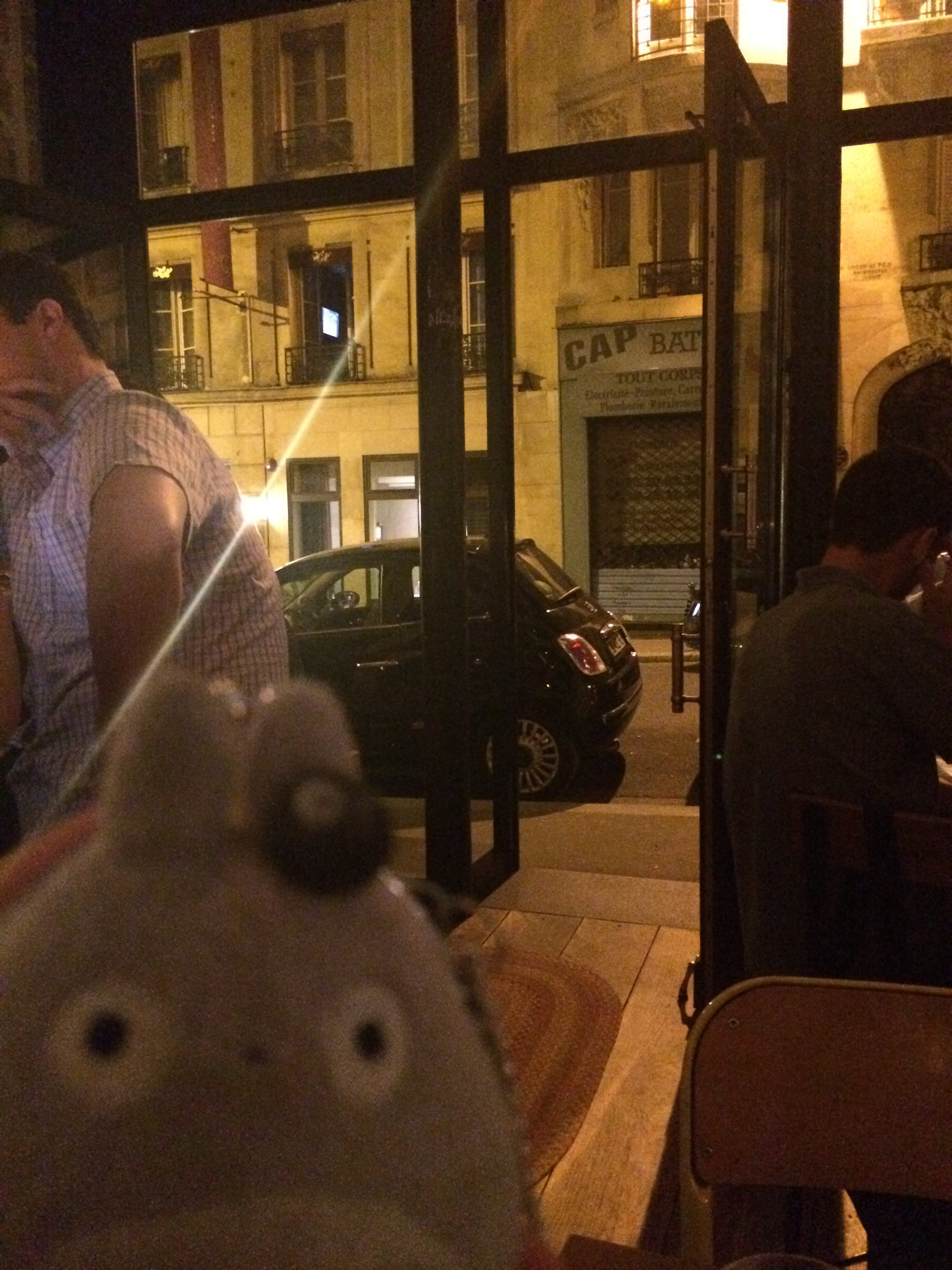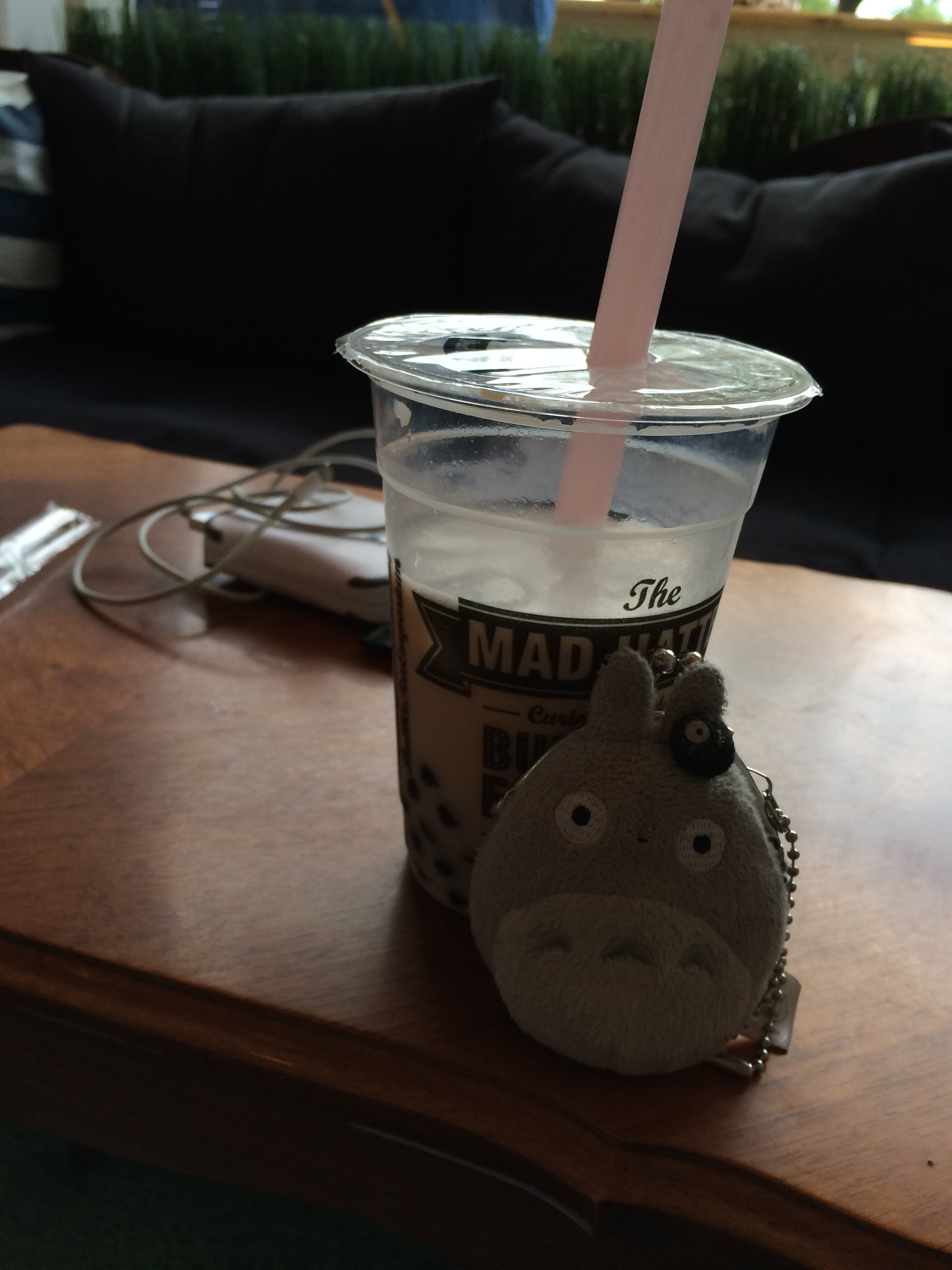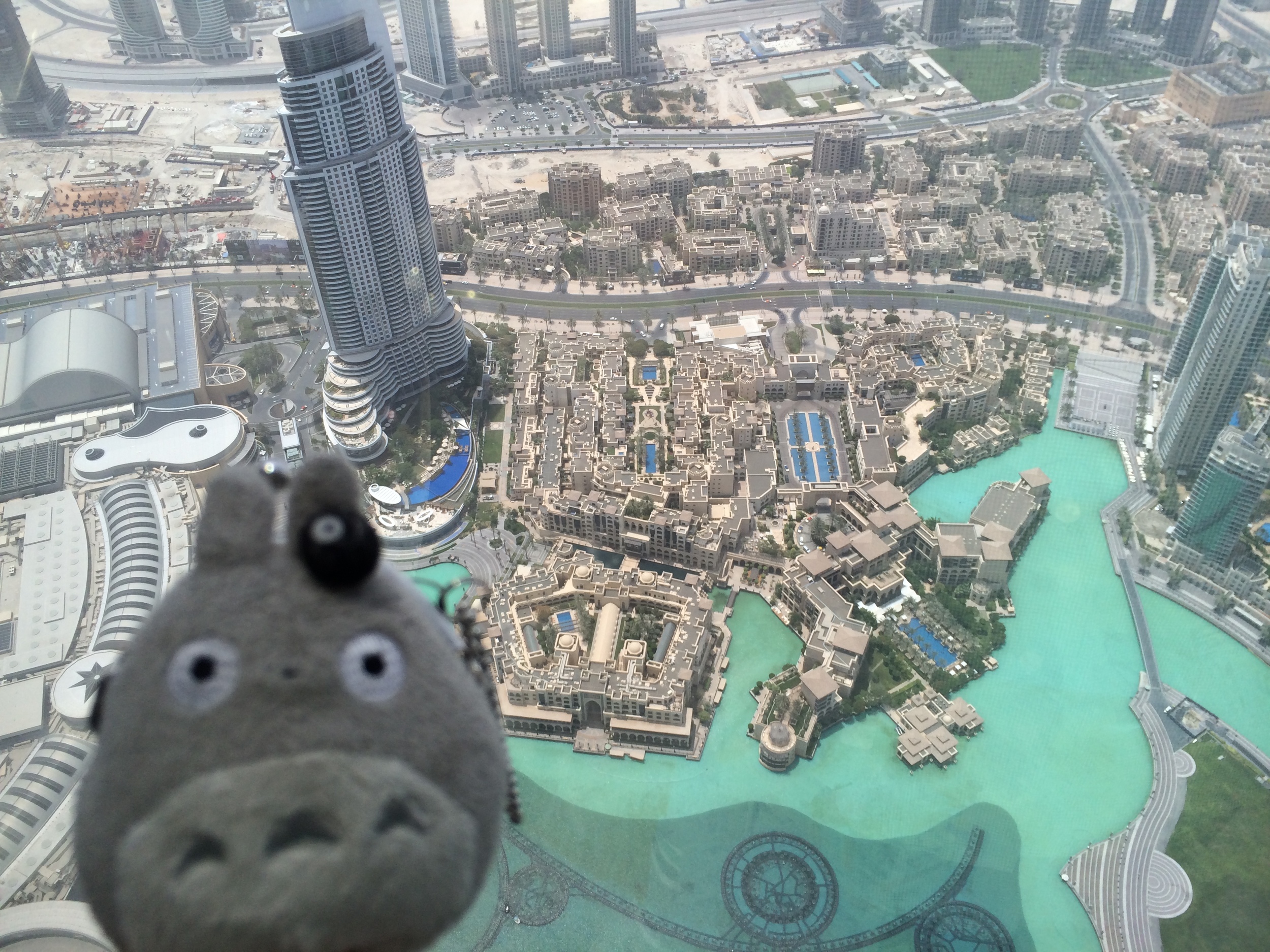Hayao Miyazaki had a fruitful filmmaking career, but for no film is he better known for than Totoro, a story about a pudgy rodent who could make trees grow out of nowhere. Totoro has since been used as the mascot for Miyazaki’s studio, and more broadly has become a symbol for childhood and innocence. This wide-eyed, frankly dumb looking invention is certainly adorable. It even comes in three incarnations: Big Totoro (grey), Medium Totoro (blue) and Little Totoro (white). It has admirers across the world. In Japan it was an immediate talking point with waiters. But more recently, a barista in Denmark picked up on it and expressed her love for it. It is a cross-cultural bridge, a universalized symbol.
Our love of pudgy animal-like creatures is not isolated to Totoro. The modern day equivalent is Pusheen, the round-bodied cat that wags its tail on Facebook. It reminds me vividly of my late cat which, once described a cow, died of obesity. In Tel Aviv, a skinnier cat that would have envied my cat’s luxurious lifestyle was jumping around furiously to get its paws on a Totoro coin purse. This immediately spurred a conversation about my own former cat, a picture of which solicited a visceral “it’s fat” reaction from the waitress. Trust me, it was much cuter in person. My dad later admitted to wanting to fatten it up a little to give it a cuter figure.
Pokemon is not short of pudgy characters: most notably the karaoke-loving Jigglypuff. But probably the heaviest is the adorable Snorlax who is also an Olympic swimmer. Japan, in particular, has seem to have iconized obesity, perhaps because of its rich culture of sumo wrestling and Buddha. Not all Buddhas are fat; Gautama Buddha, the original one, is quite slim whereas the Chinese “Budai” is heavy. In an unlikely conversation with an Algerian couple in Turkey, they said they preferred the fat Buddha, the wife adding that she loves her fat husband.
What can explain our obsession with pudginess in everything except living people? The fat Venus of Willendorf, exhibited at Naturhistorisches Museum in Vienna, was once the symbol of beauty. Now, she would be considered unhealthy. There is probably still a basic instinct that links pudginess with well-fed and therefore happiness. Perhaps seeing a fat character draws the same reaction as the uncontrollable joys of eating.
The Totoro coin purse has followed me around in my travels. At times, intended or not, it has participated in my photo album. When it has coins, it is pudgy. When it is poor, it looks like a pancake. Again, another reason why we like pudgy things.
